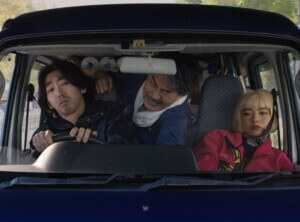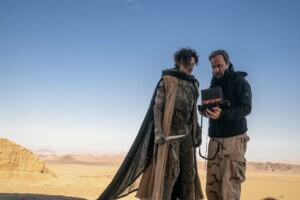Willie Nelson—folk legend, guitarist, outlaw, chain smoker, freedom fighter, town planner?
That’s correct. The pop-up town of Luck is a short drive from Austin, Texas designed by Nelson for a 1986 full-length film he produced and starred in, Red Headed Stranger, that was never torn down after production ended. Luck is an Old West Potemkin Village of sorts that can easily be confused with the fictional town of Rock Ridge in Blazing Saddles starring Mel Brooks, Cleavon Little, and Gene Wilder.
In the film, Willie Nelson plays a shotgun-toting pastor who’s come to Luck to restore order in the lawless abode. Nelson’s Texas utopia features a dirt road for dueling with six-shooters, a Saloon where cowboys with ten-gallon hats smash glasses over each other’s heads, a general store, a jail, a chapel where Nelson delivers sermons, and Opry House, a fictional music venue.
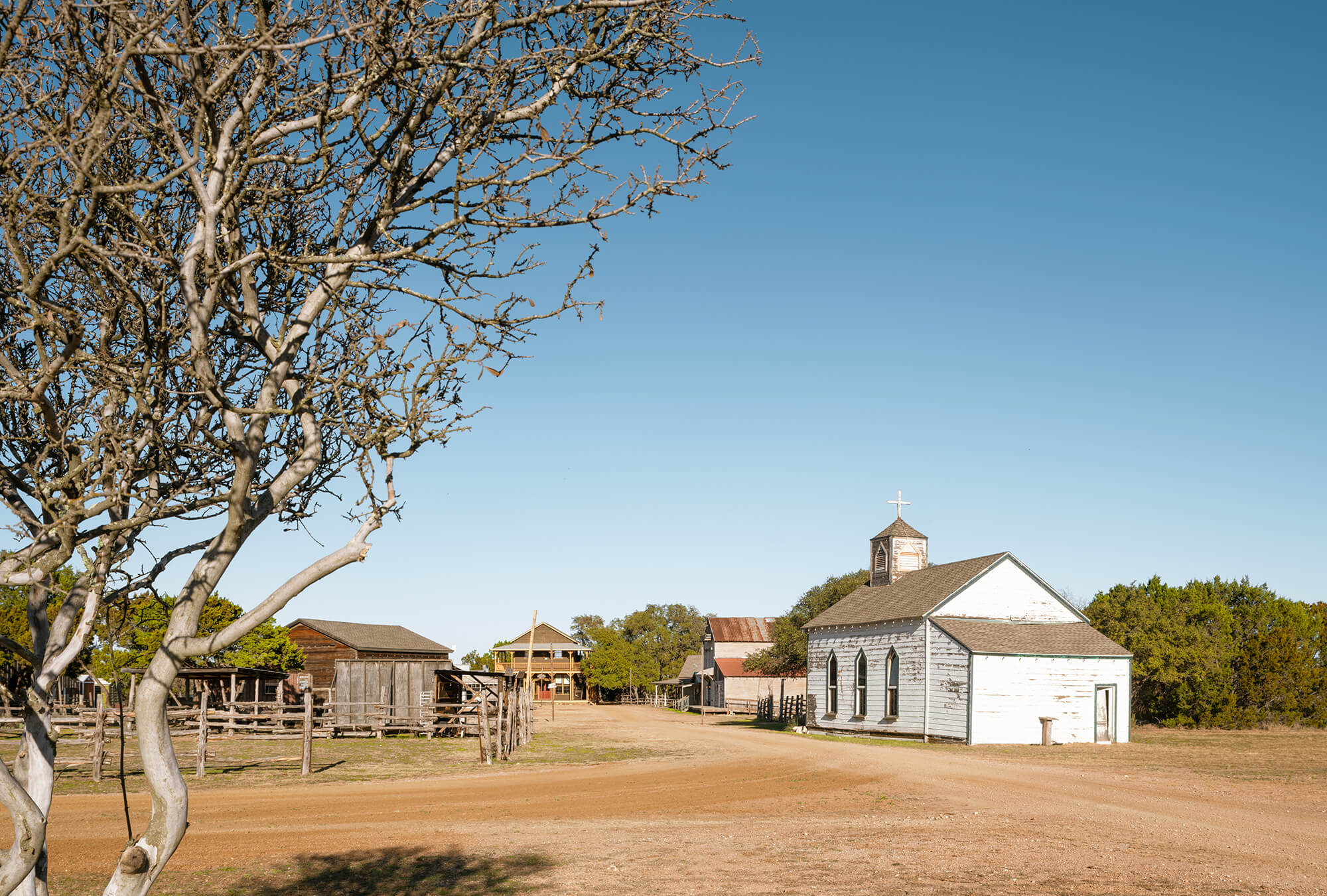
Red Headed Stranger’s set design, and the fictional town of Luck more broadly, wasn’t exactly built to last however. Architects from Cushing Terrell were brought on to fortify the makeshift town into a functional performing arts and hospitality venue that can host up to 4,000 guests and exist in perpetuity.
Phase one of the project sought out to make the Saloon and Opry House into usable spaces, which came to a close last September. “We converted a movie set Old West-style saloon into a functional event venue while keeping the magic in tact. Generations will share a part of Willie Nelson’s legacy every time a note comes off that stage,” said Bill Ball, the general contractor. “It’s hoped that the light design touch on the Opry House keeps the wonderment alive for future musicians, audiences, and family,” Ball continued.
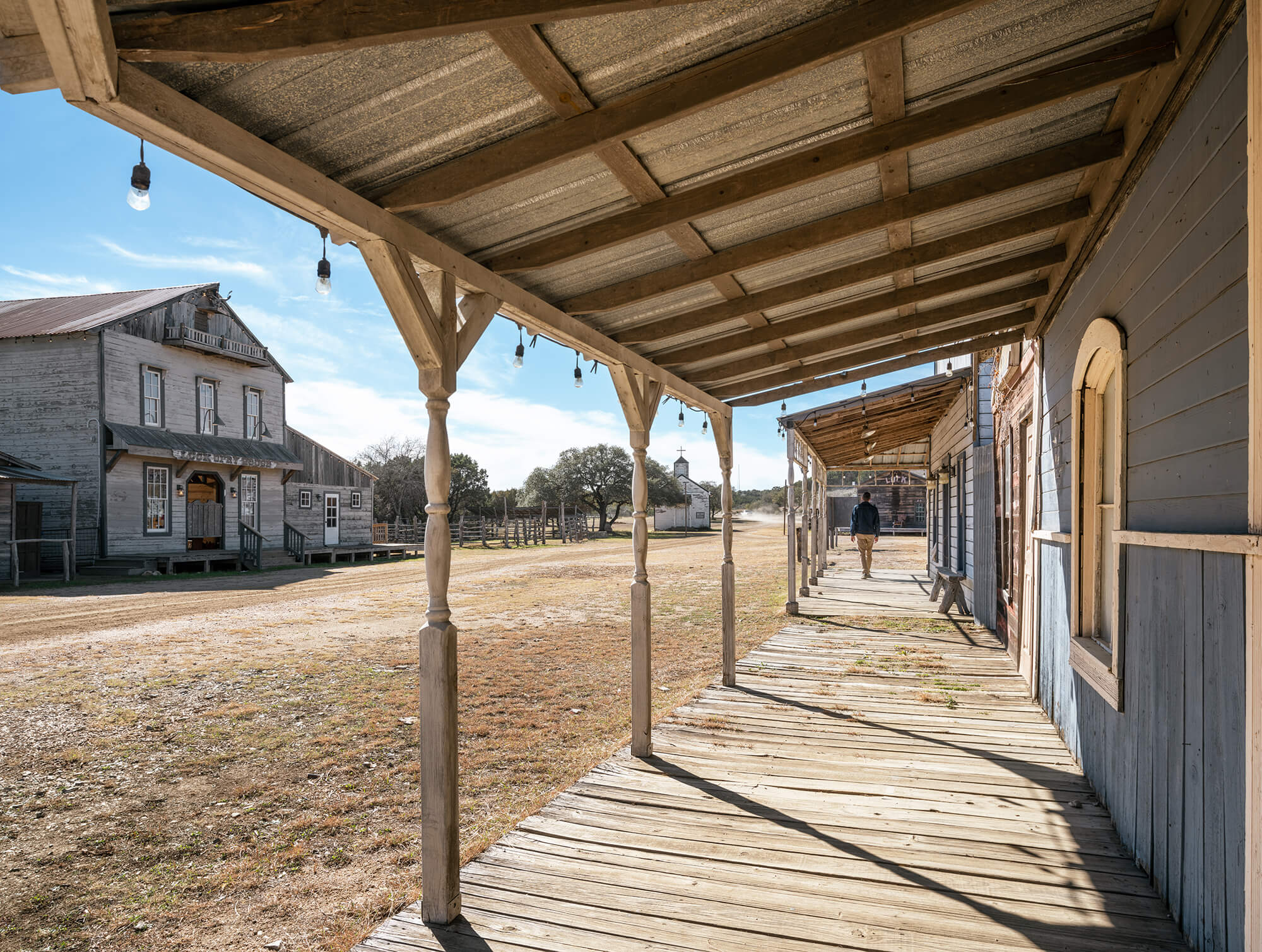
Cushing Terrell delivered a 642-square-foot addition for back-of-house operations to the 1,340-square-foot Opry House, an intimate space with a stage, dance floor, and whiskey bar. While the Opry House isn’t historic per se, the architects approached the building as though it was a preservation landmark.
In their restoration, Cushing Terrell stayed true as possible to the original’s wood-clad walls, floors, and exposed wood trusses. “Looking at the Opry building from the outside, it’s hard to tell that we did anything at all and that was the point,” said Cushing Terrell’s lead architect Alexander Bingham.
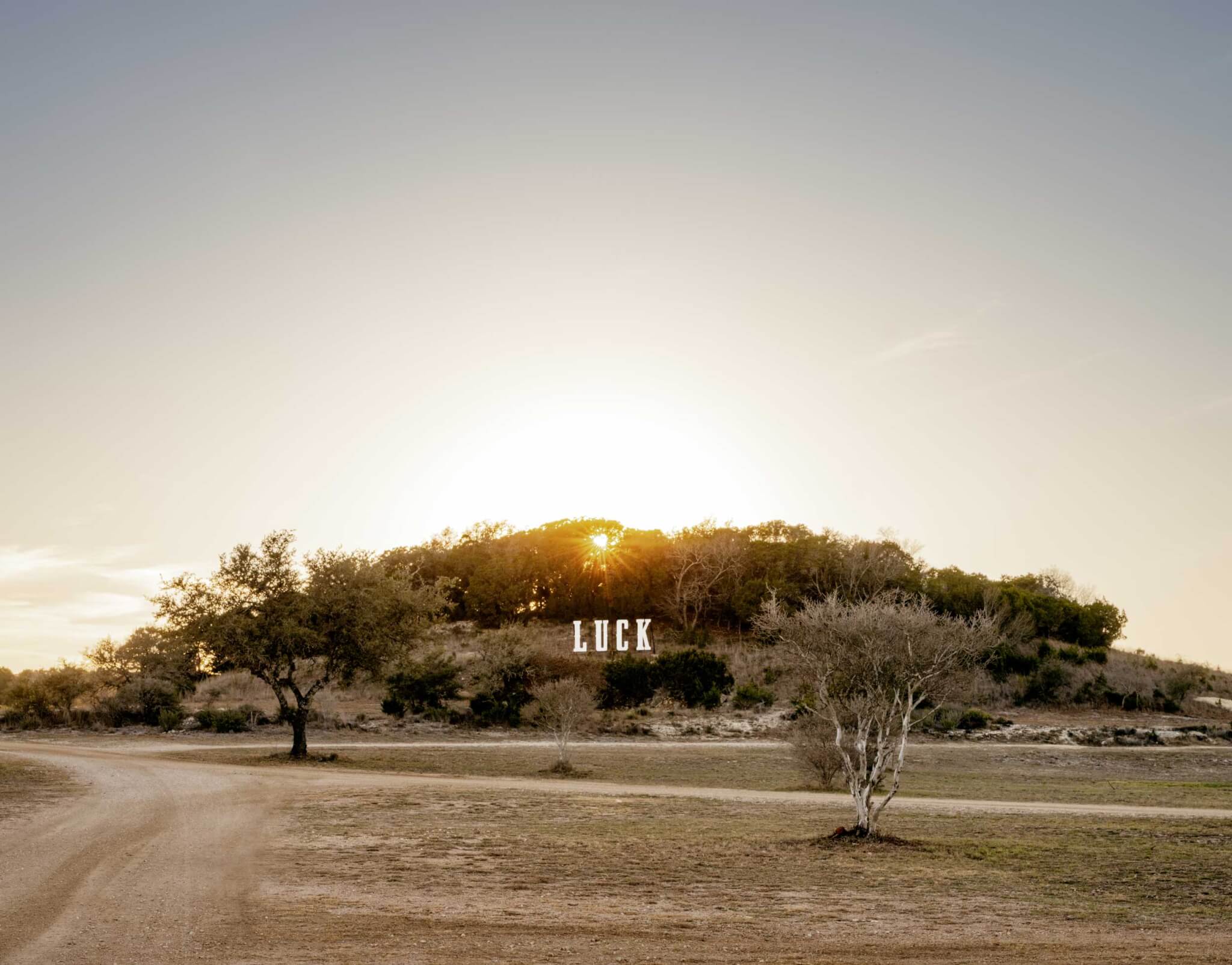
Today, a lonesome dirt road connects visitors to Luck from Austin. Over 70 rescued horses were brought into the 500-acre Luck Ranch, both a humanitarian and aesthetic choice to heighten the town’s cinematic virtues. Visitors know they’ve arrived at Luck, which doubles as Willie Nelson’s world headquarters, when they see a Hollywood-style sign that spells out LUCK in an old western–influenced typeface.
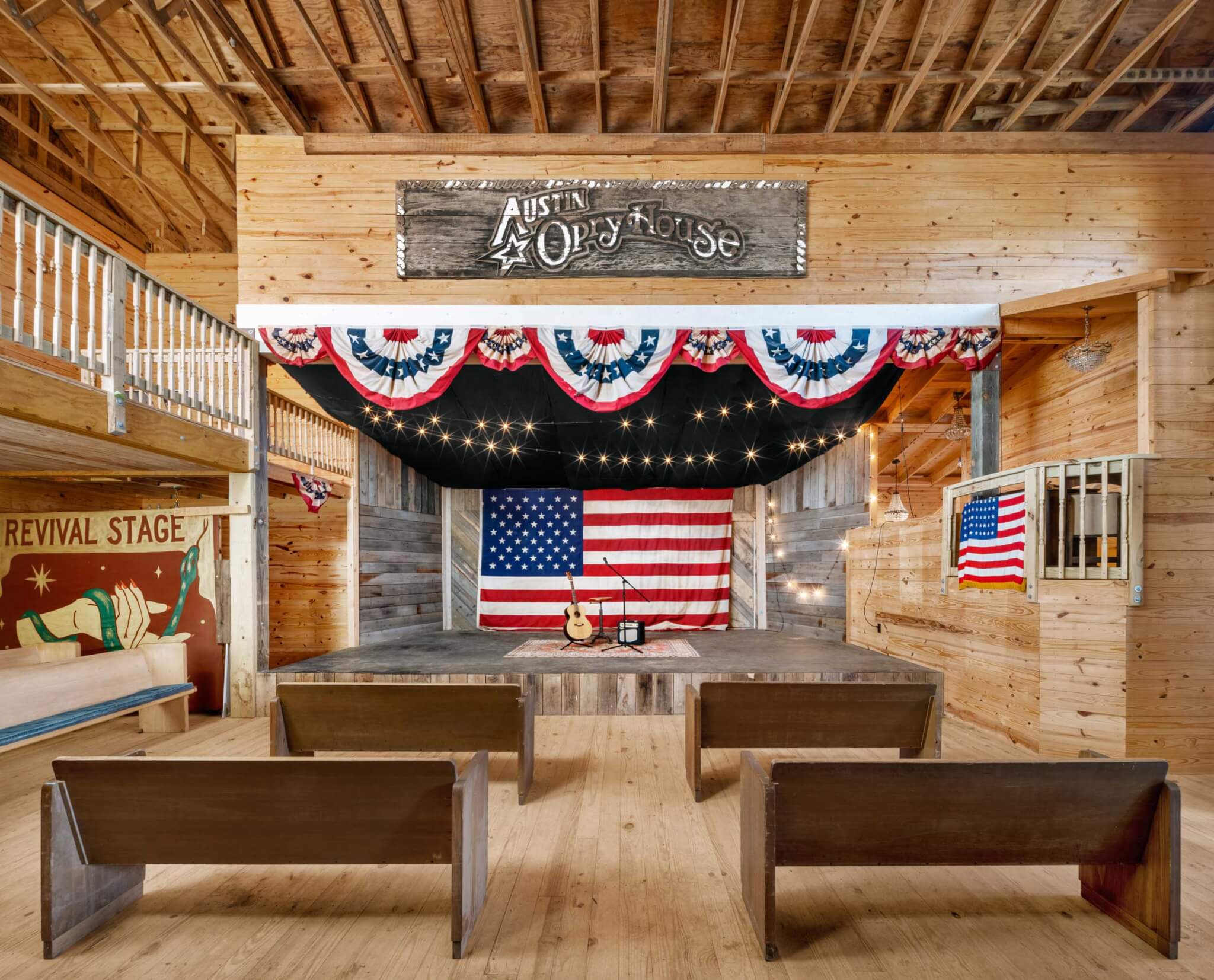
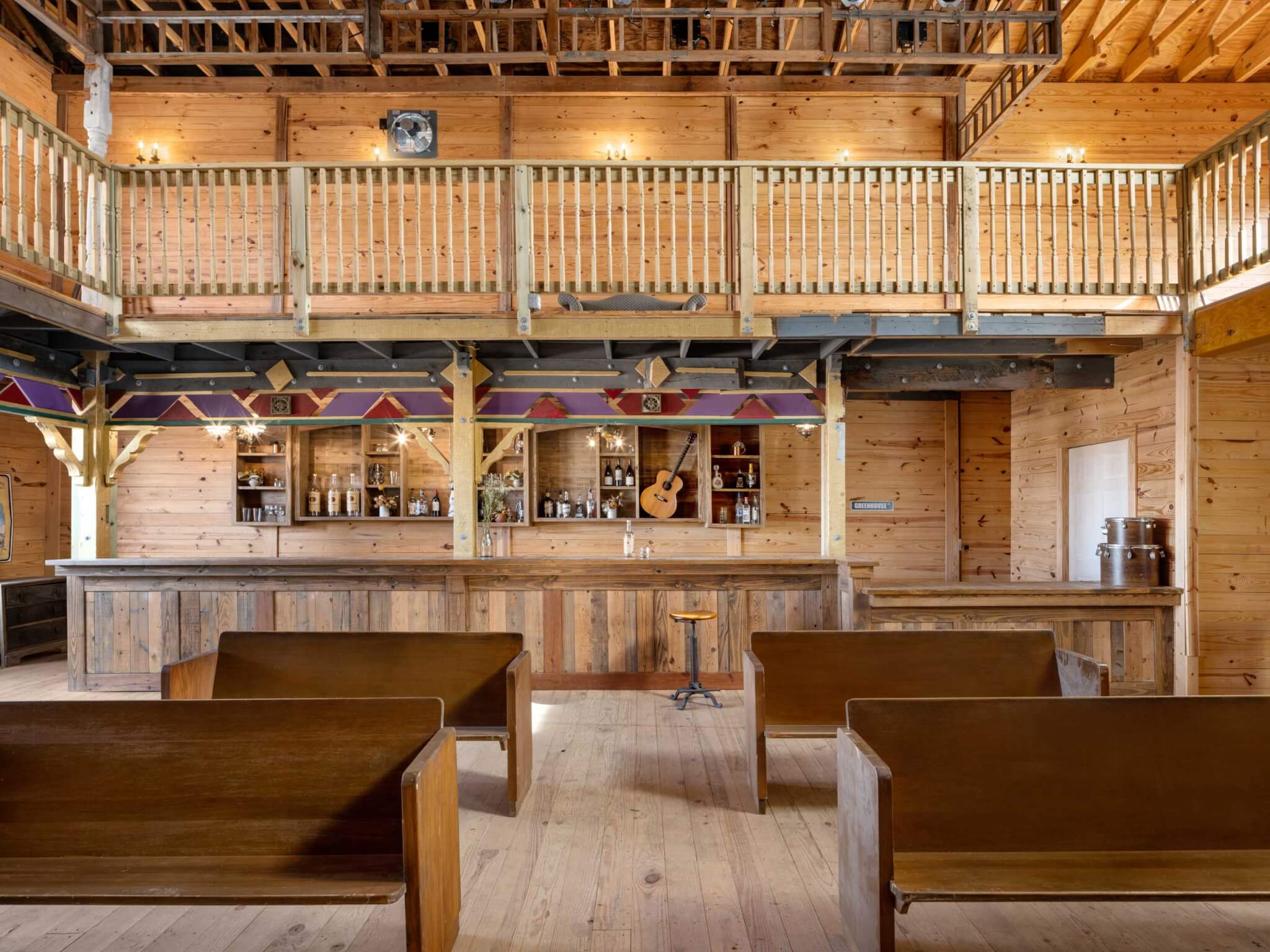
“Luck Ranch isn’t about logic or practicality. It’s about capturing a spirit of Texas and a manifestation of how Willie would like to see the world,” stated a project narrative.
Construction at Luck happened just in time for Willie Nelson’s annual Luck Reunion which invites over 35 bands to play for the public. Phase two of the project to restore more buildings in Luck will commence in the coming months.








